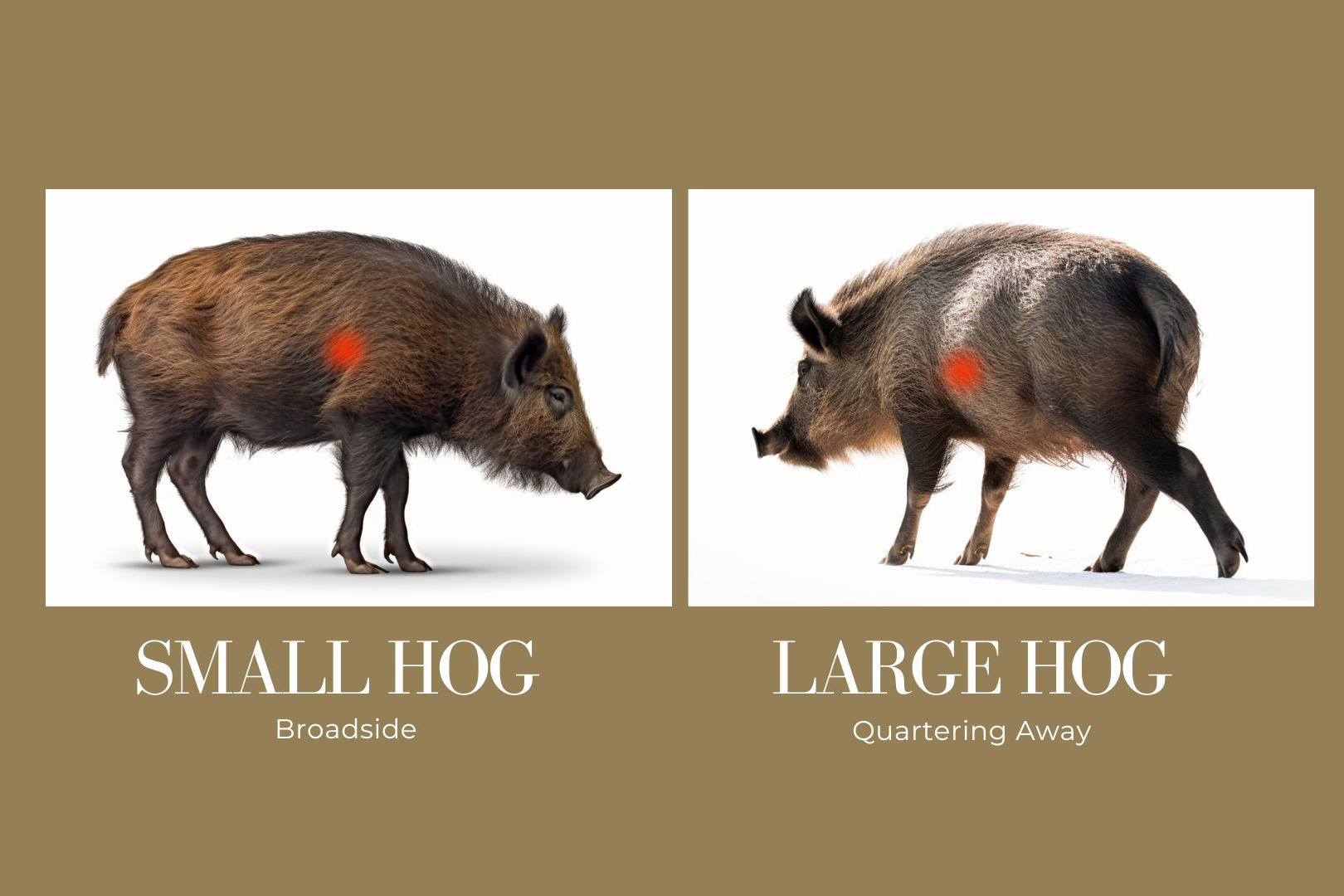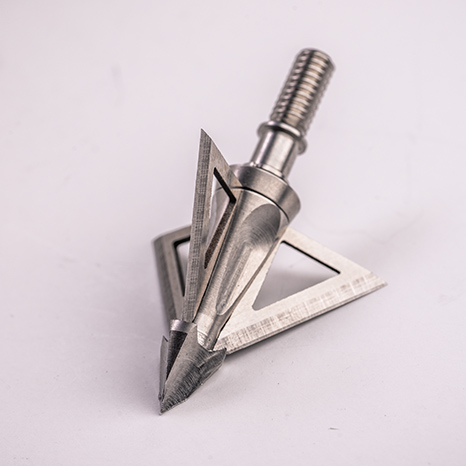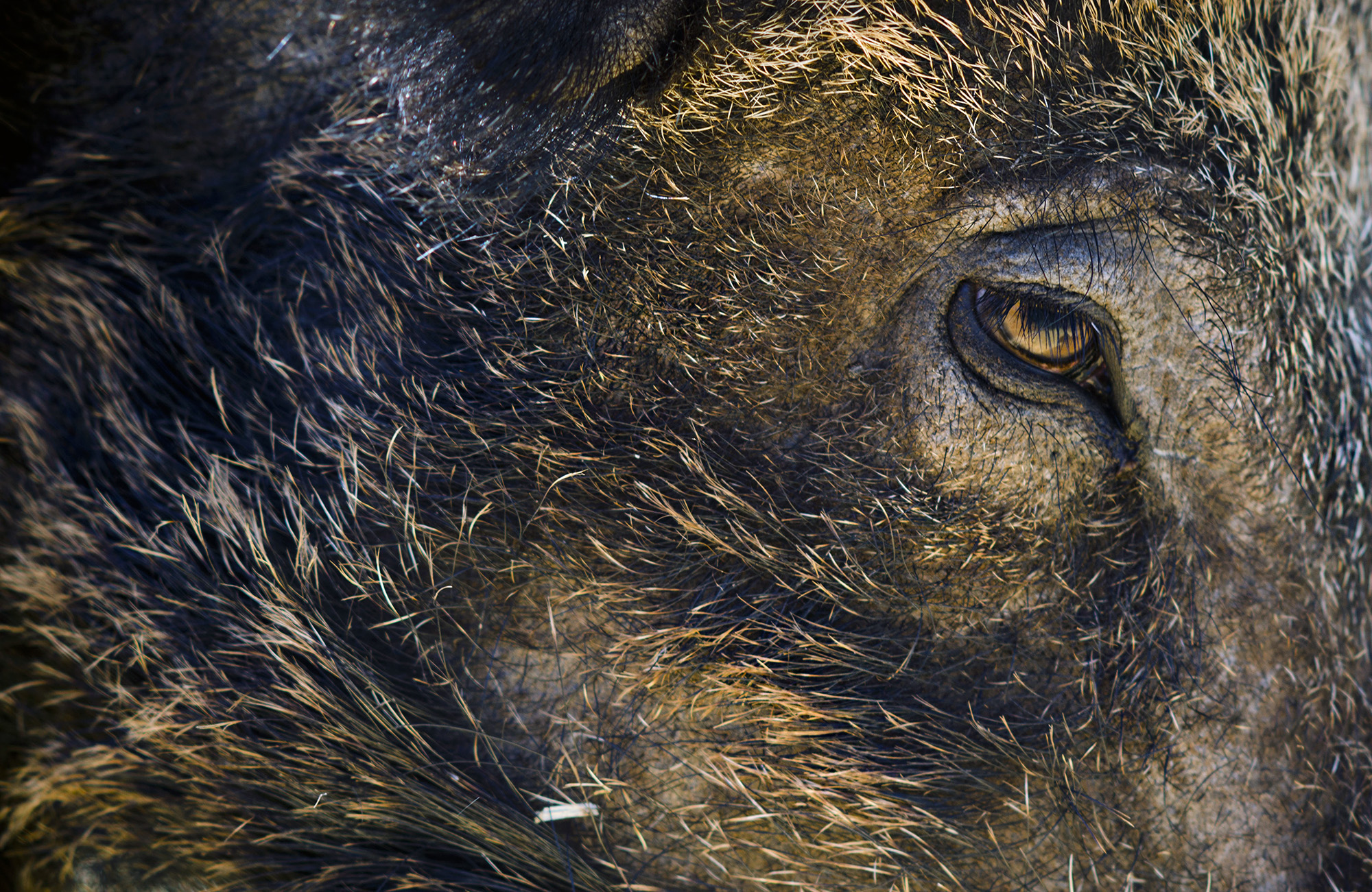How to Set Up a Hog Hunting Bow
Feral pigs are tough animals that are notoriously difficult to recover if hit poorly. Plan your hunting setup accordingly
Feral hogs are considered by some to be the worst invasive species in North America, but there’ve been established populations of them for centuries in the Southern United States. Hog hunting is extremely popular in the South—second only to deer hunting in some areas—and pigs are particularly popular with bowhunters.
Hogs are typically abundant and can be hunted for cheap, with few license requirements, and rarely with any bag limits or closed seasons. Plus, wild pigs are good to eat. Just expect them to be lean compared to farm-raised pork.
Though hogs have outstanding olfactory senses and good hearing, they are near-sighted and easy to stalk with a favorable wind. Spot-and-stalk bowhunts are a lot of fun, but most archery hunting for hogs is conducted from a treestand over a timed feeder. Shot opportunities are rarely beyond 20 yards, but hogs have a small vital area for their size and furthermore, the heart and lungs sit squarely between their shoulders. A good quartering-away angle provides the easiest path through the vitals.

This graphic shows good aiming points for broadside and quartering-away hogs. Quartering-away shots are always best on big boars.
Hogs are fidgety animals that rarely stand still for long, especially when they’re in a group and competing for food. They’re notoriously difficult to recover in the event of a bad hit or poor arrow penetration. Big boars develop a heavy layer of gristle and cartilage over their shoulders, called a shield, that’s particularly tough to punch through. And even when hit perfectly, hogs often don’t bleed much. Their fat layers, and the mud they’re usually covered in from wallowing, soaks up a lot of blood before it can hit the ground. Furthermore, hogs move best at night, and so many shot opportunities will happen under low-light conditions or even in the dark with the aid of lights.
A bowhunter should keep all of the above in mind when setting up his or her equipment for a hog hunt. You want a bow that’s pinpoint accurate and easy to shoot at close range, and an arrow and broadhead combo that’s up to the task of deep penetration.
BOW CONSIDERATIONS
Your whitetail bow will work fine on hogs. Turn up the draw weight a bit if you’re comfortable, but know that it’s more important to be able to draw the bow quickly when the pig gives you the needed shot angle. You’ll probably only need your top sight pin for hog hunting, but it needs to be bright enough to see in low light. Many veteran hog hunters prefer electronic red dot sights on their bows. If you’ll be hunting at night, which is common in many areas, especially in the summer, consider adding a stabilizer-mounted light to your bow. Be sure to practice shooting in the dark before you go hunting.
ARROW SELECTION
With such close-range shots, you don’t need a real fast arrow, but a heavy one that penetrates deeply is an asset. If your finished whitetail arrow is a middle-weight—say, 400 grains—consider switching to a shaft with a higher grain-per-inch number and perhaps a weighted insert to increase the arrow’s front-of-center right out of the gate. While you’re at it, complement your arrows with a set of Vesta Lighted Nocks. You’ll be happy you have them when you take a shot at that big boar hog right at dark. Most pigs are solid black, and so seeing exactly where your arrow hits by way of a lighted nock is a huge advantage.
BROADHEAD SELECTION
 Any broadhead you use for whitetails will work fine on the average-sized meat hog, including mechanical models like our 3-blade Jak-Hammer, which has a 1 1/4-inch cutting diameter and SST (Stainless Smart Tip). But if you’re expecting to see large boars, a tough, sharp fixed-blade broadhead will assure that you get the penetration you need. If you shoot 100-grain points, consider the 3-blade Wasp Mortem, which has a one-piece stainless steel ferrule and 1 1/8 cutting diameter. For maximum penetration, opt for one of Wasp’s extra-heavy cut-on-contact models like the Wasp Sharpshooter 200, which was designed with traditional bowhunters in mind but will provide maximum penetration on tough targets at close range. The broadhead has a single-bevel main blade and replaceable bleeders, and it will do its job and then some, provided you do yours.
Any broadhead you use for whitetails will work fine on the average-sized meat hog, including mechanical models like our 3-blade Jak-Hammer, which has a 1 1/4-inch cutting diameter and SST (Stainless Smart Tip). But if you’re expecting to see large boars, a tough, sharp fixed-blade broadhead will assure that you get the penetration you need. If you shoot 100-grain points, consider the 3-blade Wasp Mortem, which has a one-piece stainless steel ferrule and 1 1/8 cutting diameter. For maximum penetration, opt for one of Wasp’s extra-heavy cut-on-contact models like the Wasp Sharpshooter 200, which was designed with traditional bowhunters in mind but will provide maximum penetration on tough targets at close range. The broadhead has a single-bevel main blade and replaceable bleeders, and it will do its job and then some, provided you do yours.
After that, all that’s left to do is start planning the barbecue.
— Story by Wasp Archery Staff; Hog image by John Hafner
View All Posts

